Innovation and expansion improve access to care

By Eric A. Klein, MD
Cleveland Clinic is a non-profit academic medical center. Advertising on our site helps support our mission. We do not endorse non-Cleveland Clinic products or services. Policy
Chronic kidney disease (CKD) remains a formidable health problem affecting 26 million American adults. Millions more are at risk due to type 1 diabetes mellitus or hypertension, the primary causes of CKD.
Hemodialysis, a therapeutic technology pioneered by Cleveland Clinic with the establishment of the nation’s first program in 1950, has extended the lives of many patients with end-stage renal disease (ESRD).
Kidney transplantation, which Cleveland Clinic surgeons were among the first to perform beginning in 1963, has provided additional survival and quality-of-life benefits for ESRD patients.
A Half-Century of Achievement
More than 4,340 patients have received kidney transplants during the program’s half-century of operation. We celebrated 50 years of success in October 2013. One of the attendees was a former patient who received a kidney as a teenager in 1968 from her mother, making her kidney 91 years old.
Our most recent one-year and three-year graft and patient survival statistics show expected or better-than-expected outcomes compared with predictive statistical models representing similar transplant patients nationwide.
Though the availability of donor organs continues to be a limiting factor for all transplant programs, our volume remains substantial. In 2013 our Center for Renal Transplantation at Cleveland Clinic’s main campus performed a record 184 kidney transplants, a 12 percent increase from the previous year, making us the busiest program in Ohio for the calendar year.
This growth in transplantation is due, in part, to an increase in the number of living donor procedures. In 2013, 44 percent of Cleveland Clinic’s kidney-only transplants involved living donors.
The acquisition of these organs is largely the result of a relationship begun in 2011 with the National Kidney Registry (NKR) to facilitate paired donations. In 2013 Cleveland Clinic was the seventh largest NKR participant by volume among 75 hospitals. This collaboration has enabled us to perform more than 20 living-donor transplants that otherwise would not have occurred. In this program, an incompatible donor’s kidney is procured in Cleveland and shipped to a matching donor elsewhere in the United States. In return, Cleveland Clinic has received organs from as far away as Los Angeles. Locally unmatched altruistic donors make it possible for extended chains of transplants to occur; in 2013 Cleveland Clinic transplant surgeons participated in the second-largest paired kidney exchange to date, involving 56 donors and recipients and 19 hospitals.
More than 90 percent of our living donor nephrectomies were performed laparoscopically a technique we have employed in more than 1,000 patients since 1997, including the first single-port kidney removal in 2007 and the first robotic transvaginal nephrectomy in 2012.
To further assist with the organ shortage, our transplant program has extended the use of the deceased donor pool via pediatric en bloc and dual adult kidney transplantation. We also are conducting research intended to improve pre-transplant prediction of risk of rejection and acute and chronic allograft injury. We have instituted a wait list intravenous immunoglobulin desensitization program to enhance transplant opportunities for highly sensitized patients.
Wait-Time Improvements
We have streamlined the assessment process for transplant candidates, resulting in a significant reduction in the time from patient referral to evaluation and evaluation to listing on the United Network for Organ Sharing (UNOS) registry. The entire process is now completed in less than 80 days. We have refined the pre-transplant monitoring and preparation regimens as well, contributing to our center’s 36.3-month median wait time to transplant, compared with the UNOS Region 10 and national averages of 40.7 months and 54.3 months respectively for patients listed between 2007 and 2012. (Figure 1).
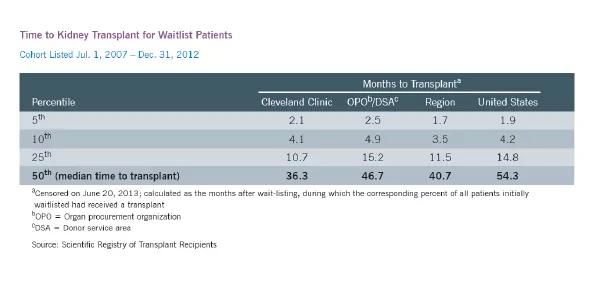
Figure 1. Time to Kidney Transplant for Waitlist Patients
Analysis of post-transplant data had shown that delayed graft function was a major factor in determining length of stay in prior years. Improved management of the transition from hospital to outpatient enabled us to decrease patients’ mean length of stay in 2013 to less than six days, the shortest duration in the past four years. (Figure 2).
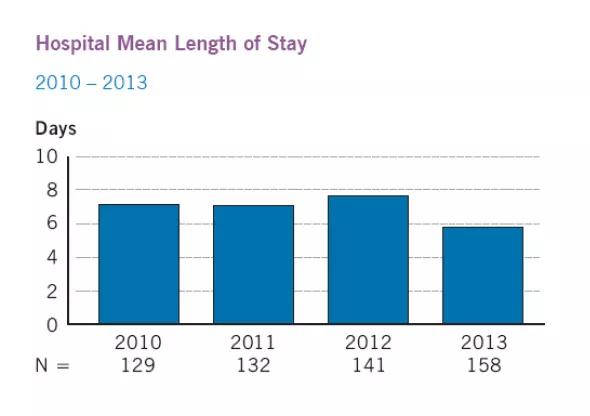
Figure 2. Hospital mean length of stay
Expanding Transplant Services
Cleveland Clinic has extended the reach and impact of the renal transplant program well beyond our main campus, beginning in 1987 with the alliance of our Glickman Urological & Kidney Institute and West Virginia’s Charleston Area Medical Center, where more than 1,000 transplants have been performed. A similar collaboration with St. Vincent Indianapolis Hospital in 2009 has resulted in more than 200 transplants to date. Renal transplantation began at Cleveland Clinic-managed Sheikh Khalifa Medical City in Abu Dhabi in 2007, and at Cleveland Clinic Florida in August 2013. Our transplant program is truly a global resource. (Figure 3.)

Figure 3. Cleveland Clinic Kidney Transplant Program locations.
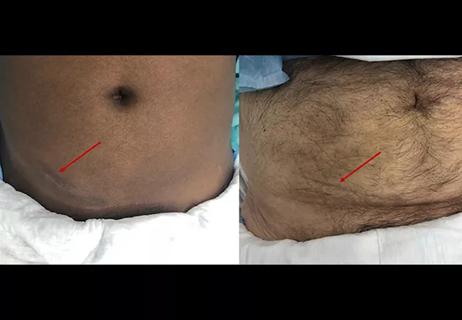
Smaller incision may lead to reduced postoperative pain for some patients
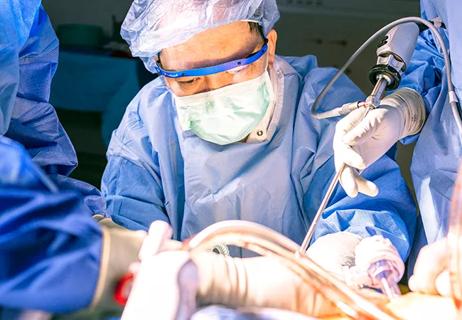
Improving access to lifesaving kidney transplant

The process could improve access and equity for patients with end-stage kidney disease

Video offers glimpse into technically challenging portion of the procedure
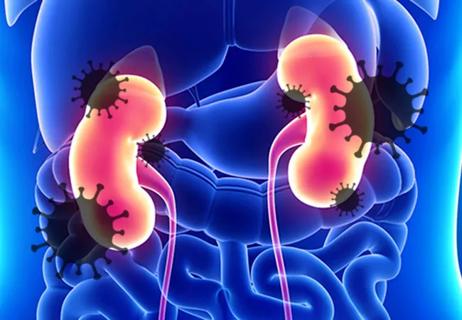
Infectious disease and kidney transplant specialists share key insights
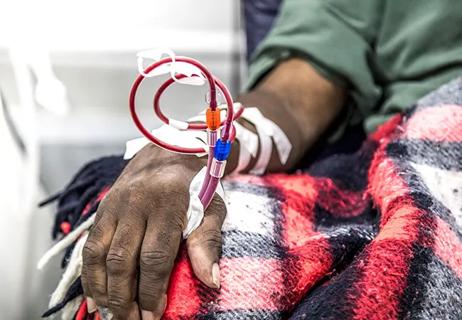
Demographic and social factors found to influence preemptive listing

New interventions and policies haven’t increased wait-listing

Cleveland Clinic surgeons use single-incision robotic surgery to perform kidney transplant